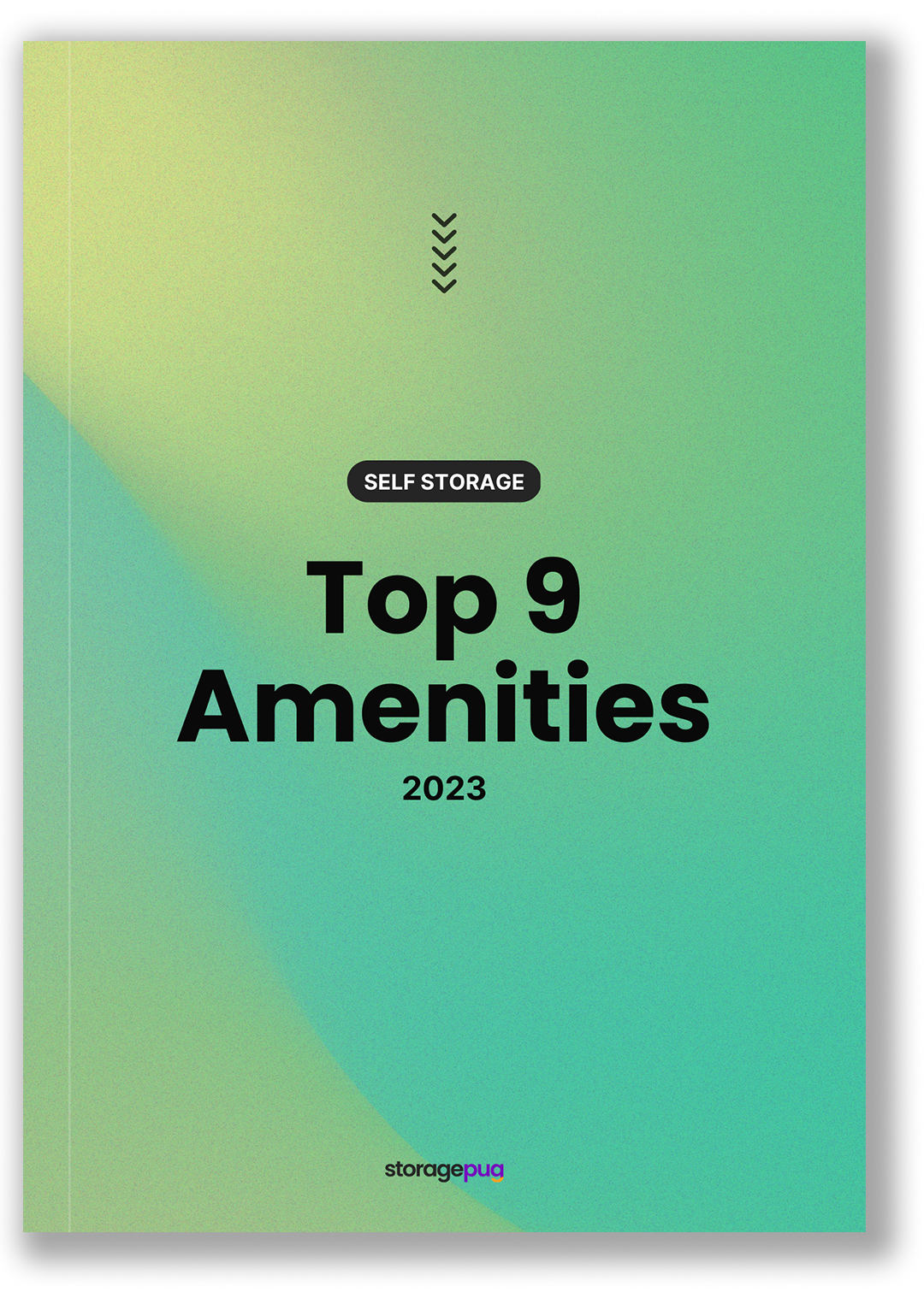Menu
August 10, 2022


Is your facility prepared for a break-in?
There are some standard security measures most facilities adopt by default these days. However, self storage break-ins are seemingly becoming more common. Ultimately, we have to remember that our security systems aren’t just in place to sell customers on how safe our facilities are—they’re there to stop theft or help police investigate it.
In Houston, a college student deals with the fallout of a 2-year-old break-in at her storage unit after her lock was cut and replaced with a new lock.
In Salt Lake City, Utah, a woman sees no help from insurance or the storage facility after her storage unit was cleaned out in January—potentially picked or opened by a master key.
Every day, it seems more and more people are convinced that crime is getting out of control.
When it comes to your self storage facility, though, it doesn’t really matter if crime rates are actually spiking. The perception that they are—and more and more self storage break-ins appearing on the news—will be enough to bring security to the forefront of your customers’ minds. And the hardware and software you choose will make a difference.
When tenants store their belongings in a storage unit, they trust they are secure. Facilities usually even make promises about security. Tenants will go months between visiting their storage unit, but security systems will often only store footage for up to thirty days, creating large blind spots in the coverage even if the event was caught on camera.
To top it off, unattended facilities are becoming more and more common.
So, what can you do to give your facility the best chance of dealing with break-ins?
Individual unit alarms are a major selling point for a self storage facility, but there is more you can do to help catch wind of self storage break-ins before it’s too late.
What many self storage break-in stories have in common is that the theft isn’t discovered until the tenant returns to their storage unit.
Given that many self storage tenants store season items or are even out of town for extended periods of time for work, deployment, school, or other life events, it’s not unusual that a storage unit goes months without being visited.
This doesn’t mean the items inside are not important. It doesn’t mean the renter isn’t concerned.
So how do you provide greater peace of mind, increase the value of your storage units, and make it more likely that you catch thieves either in the act or have evidence to provide for investigations after?
Better self storage security and software at the unit level.
Smart units are on the rise. Convenience is a large part of the reason why, but security is the other factor.
Storage units with motion sensors and in-unit webcams that alert operators and tenants of activity in a unit are a great way to make sure you know about a self storage break-in in it happens—not months later.
One way to improve the chances of preventing or catching onto a break-in sooner is to take physical stock of your facility as often as feasible.
Two steps you should take specifically include
If you don’t know any better, it’s possible to think that leaving your unused units unlocked is a fine idea.
After all, when you do your facility rounds, you can just glance at whether or not a unit is locked to know if it is vacated or if someone is using it when they shouldn’t be.
Sadly, this is a horrible idea for security purposes.
One tactic thieves use at self storage facilities is to access one storage unit and then break through the walls into neighboring units. Using this method, they can access one unit—sometimes even legally—and clean out entire blocks of storage units.
Another way that break-ins go undiscovered at self storage facilities is by cutting locks and replacing them with new store-bought locks.
In these cases, there have been reports of the culprits leaving behind evidence of the swap: plastic containers from the new locks, small pieces of the old locks, and more.
If you are doing your rounds and see evidence of this nature, it’s easy to dismiss it as nothing important. A small metal fragment or a piece of a plastic container could come from many things.
It doesn’t hurt to double-check your security cameras or follow up with nearby tenants when you see this, though.
You’ve probably heard of smart units, but have you heard of smart facilities?
Since we know that one of the largest issues with self storage security is that the thefts often go undiscovered until it’s too late, being proactive is an obvious way to prepare your facility for self storage break-ins.
You may have cameras at your facility, and you may even have gate logs.
But do you have motion sensors? Do your cameras have speakers you can talk through like a Ring doorbell camera? Can you tell when any door in your facility has been opened in real-time?
More importantly, do all of these things work together to give you a complete and vibrant image of the state of your self storage facility even when you’re not there?
Just like there is self storage security software that will alert you and a tenant to a break-in at the unit level, the right security system will send you notifications when there is door access, movement, or light activity of any kind.
Even better, these modern smart security systems will often have cloud data logging so that you can pull up the logs for police and insurance companies following the incident.
Ultimately, proactivity is one of your best tools when trying to counter self storage break-ins at your facility.
Find out more about running your facility with these posts!
At StoragePug, we build self storage websites that make it easy for new customers to find you and easy for them to rent from you.
